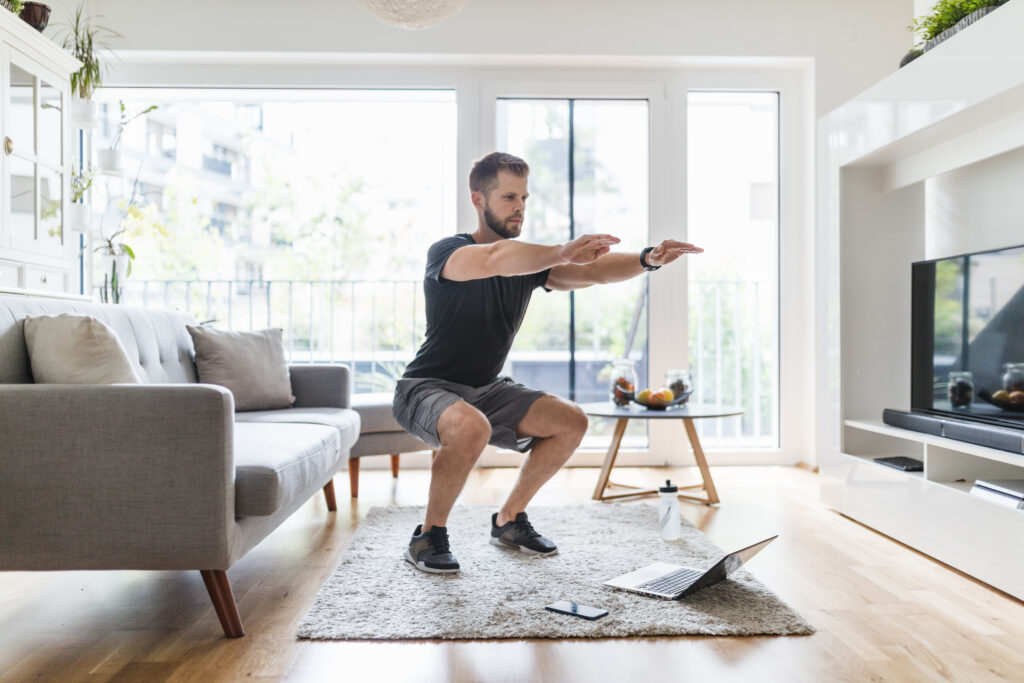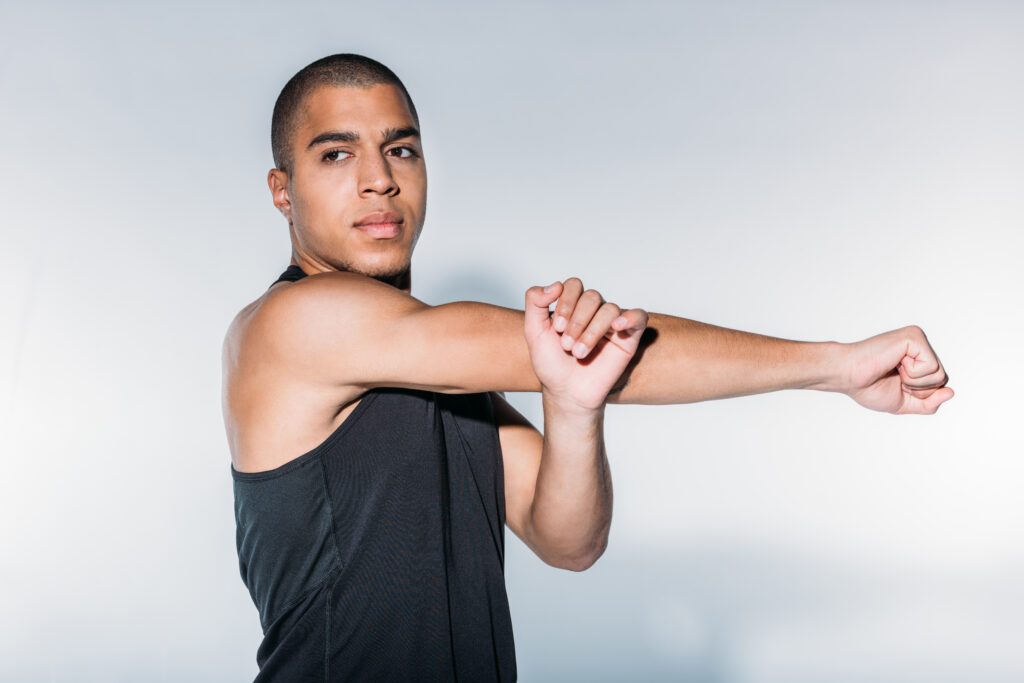Addressing the question of “What exercises can I use to fix my posture?” is undoubtedly challenging due to the myriad of postural problems people can face. However, a more precise inquiry should be, “Can exercise fix my posture?” The unequivocal answer is yes, but with a crucial caveat—exercises must be applied correctly. Postural correction necessitates a personalized approach, acknowledging the uniqueness of each individual’s posture-related challenges. Dr. Andrew Strauss talks about the diverse realm of postural problems, emphasizing the need for tailored exercise programs designed for specific needs.
The Customized Approach to Posture Improvement
Individualized Posture Analysis
The first step in rectifying posture issues is understanding that there is no universal solution. Posture varies widely among individuals, with problems ranging from forward head posture to a hunched back or a misaligned hip. Conducting a thorough posture analysis is essential to identify specific defects unique to each person.
Designing Tailored Exercise Programs
Once the posture analysis is complete, a customized exercise program becomes the cornerstone of the corrective journey. Unlike generic fitness routines, posture-focused exercises must target the identified defects. A one-size-fits-all approach is inadequate, considering the multitude of postural variants.
Addressing Common Postural Problems
Forward Head Posture
A prevalent issue in the digital age, forward head posture can result from prolonged screen time. Exercises to strengthen the neck muscles and improve cervical alignment are pivotal. Examples include neck stretches, chin tucks, and isometric exercises that engage the muscles responsible for maintaining proper head positioning.
Hunched Back
Individuals with a hunched back often face challenges in maintaining an upright posture. Exercises focusing on strengthening the upper back muscles, such as rows and shoulder blade squeezes, can be beneficial. Additionally, incorporating chest-opening stretches aids in reversing the effects of rounded shoulders.
Pelvic Misalignment
Hip imbalances can contribute to various postural problems. Targeted exercises to stabilize the pelvis, including hip flexor stretches and pelvic tilts, are crucial. Strengthening the core muscles also plays a pivotal role in supporting proper pelvic alignment.

The Role of Consistency and Mind-Body Connection
Consistency in Exercise
Achieving lasting results in posture correction requires consistency. Unlike quick fixes, the effects of exercises become evident over time. Consistent engagement with the prescribed exercises is vital for strengthening muscles and promoting sustained postural improvements.
Mind-Body Connection in Posture
Incorporating mindfulness into posture correction exercises enhances their effectiveness. Mindful movement encourages individuals to be aware of their body positioning and make conscious adjustments. Practices such as yoga and Pilates emphasize the mind-body connection, fostering a holistic approach to posture improvement.
Seeking Professional Guidance
Physical Therapy and Posture Correction
For individuals facing complex postural issues or persistent discomfort, seeking professional guidance is advisable. Physical therapists can conduct in-depth assessments, providing personalized exercises and guidance on proper form. A tailored rehabilitation program can address underlying muscular imbalances and promote overall postural wellness.
Ergonomic Assessment
Incorporating ergonomic changes in daily life is integral to sustaining postural improvements. Professionals, such as ergonomists, can assess workspaces and suggest modifications that support proper posture. Simple adjustments, such as ergonomic chairs and desk setups, can contribute significantly to ongoing posture maintenance.
So What Exercises Can I Use to Fix My Posture?
The journey to fixing posture goes beyond a generic set of exercises. Understanding the unique challenges posed by individual postural problems is paramount. A personalized approach, encompassing tailored exercise programs, consistency, and mindfulness, is the key to achieving lasting improvements. Additionally, seeking professional guidance ensures a comprehensive understanding of one’s posture and facilitates a holistic approach to overall musculoskeletal health. By embracing these principles, individuals can embark on a transformative path toward optimal posture and enhanced well-being.
Also read: What is Dextroscoliosis?
About:
Dr. Strauss is the director of the Hudson Valley Scoliosis Correction Center in New York. He has been actively engaged in scoliosis treatment for the past 30 years and has authored two books on the subject, Your Child Has Scoliosis and The Truth About Adult Scoliosis.
He is Vice President of the CLEAR Scoliosis Institute and a lecturer for their introductory and advanced workshops. He is certified in scoliosis bracing and in the use of scoliosis specific exercises. Dr. Strauss is a graduate of the ISICO World Masters of Scoliosis.His postgraduate studies also include a Masters Degree in Acupuncture as well as training in Grostic, Pettibon, CBP, Clinical Nutrition, Chinese Herbal Medicine, Manipulation under Anesthesia, and Electrodiagnosis.
His scoliosis practice has treated patients from 25 states and 32 other foreign countries.
If you have questions about childhood and adult scoliosis and how it can be successfully treated without surgery subscribe to our channel!
